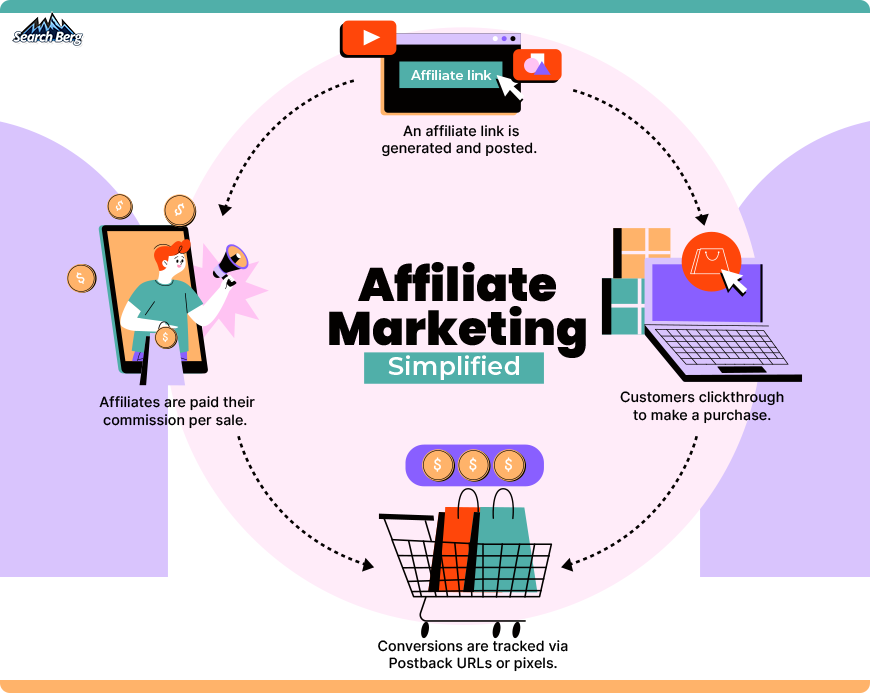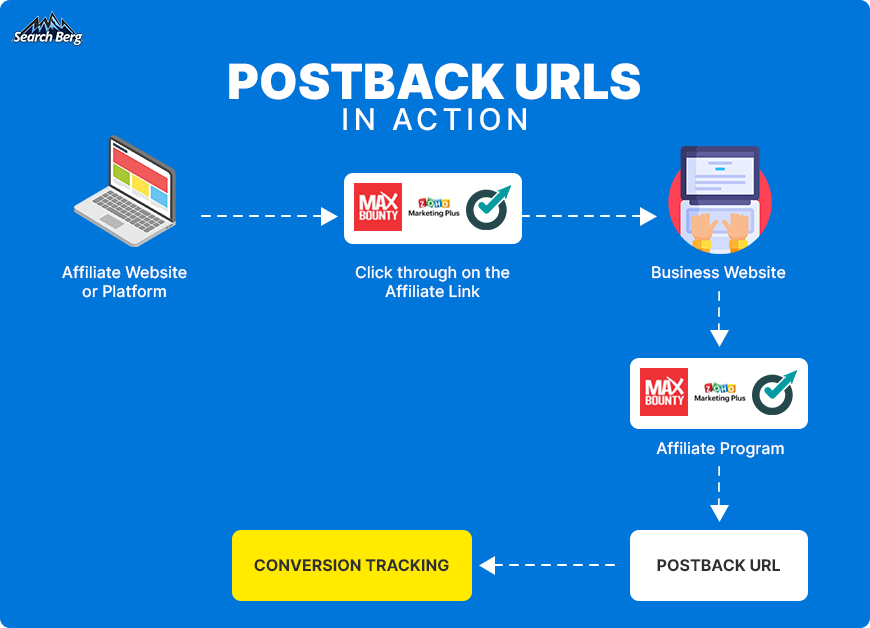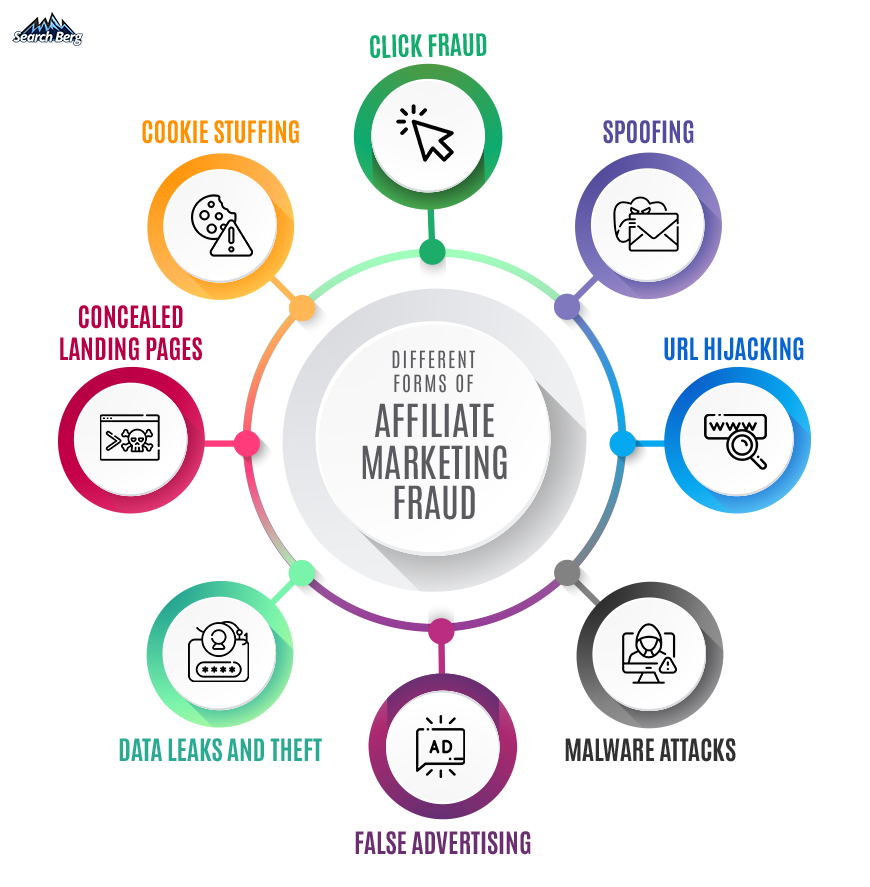How To Use Postback URLs in Affiliate Marketing?
Understanding Affiliate Marketing for Business
Affiliate marketing is one of the most successful business models to promote and market a wide range of products. It’s estimated to be worth $17 billion globally as of 2023 and has a massive reach and influence across multiple industries and niches.
It’s a multi-pronged, multi-step, mutually beneficial marketing strategy wherein businesses generate traffic and leads for their website through third-party marketers known as affiliates. These affiliates may be paid partners, influencers, advertisers, bloggers, or run review pages, among other forms of online presence.

It’s a little like influencer marketing, but not quite, since KPIs, payment modes and methods, expectations, and investments vary. Affiliate marketing is generally less expensive and has quicker turnarounds and outcomes, leading to faster conversions.
Affiliates are paid a set commission each time someone uses their unique URL for the company’s business. Conversion goals can look different, varying from purchases to engagement, and most often, per sale. It’s a fairly straightforward approach and ultimately depends on the affiliate’s preferences and plan, comprising banner ads, hyperlinking, video promotion, etc.
Why this works for both affiliates and their partners is that it’s a way to earn passive income while businesses are able to target more niche markets and strata effectively.
A large part of affiliate marketing is what we know as postback URLs, which we’ll unpack with you in detail.
Recommended Read: A Guide to Measuring ROI and KPIs in Digital Marketing
What is a Postback URL?
Postback URLs are a core component of any successful affiliate marketing strategy or partnership simply because they make it much easier for parties to maintain transparency, track conversions, and collect data.
These links also help affiliates test their own strategies and reach and see how well their methods are working—if at all. Nobody wants to be thought of as a snake oil salesman who’s peddling ineffective, subpar products, and if you’re not aware of your impact, reception, and audience perception, you’re only doing more harm than good.
![]()
More on what exactly postback URLs are is that these links come with additional parameters and measures to track data, including, but not limited to, click ID, placement ID, values, and more, which allow businesses to get solid insights into each campaign or marketer’s performance.
As a business owner, this will allow you to make clearer decisions regarding your own marketing strategy and see where your money is working.
But How Exactly Do Postback URLs Work?
Since they’re server-to-server links or cookie-less conversion tracking tools, there are several complex processes that go on behind the scenes to make them work. When the link goes live, and a person clicks through or performs the intended action, data is transferred from one server to the tracker’s server within fractions of a section.
This allows tracking to happen without cookies that can be blocked or waiting for tracking pixels to pop up. For marketers, this opens up the playing field to more complex bidding strategies and making adjustments to their performance to generate higher ROI and CPA.
With top affiliate marketers making anywhere from $10,000–$100,000 a month, both their and their partner’s success is contingent on these measures’ efficacy.

With a clear understanding of how postback URLs work and how they’re designed, let’s get into the process of using them more effectively for your affiliate marketing partnerships.
Recommended Read: 10 Conversion Rate Optimization Hacks You Should Know
Creating and Using Postback URLs for Transparency
There are several different ways that postback URLs are created and generated, and often, it’s done through a unique affiliate marketing domain. Let’s break down the anatomy and structure of these URLs to understand how they work and what they function like:
https://domain.com/postback?cid={s2}&payout={payout}
Where:
domain.com –this part is used for the cloud-based or self-hosted tracking domain where affiliate channels are hosted.
“?” –helps in separating the primary focus of the link separate from its tracking parameters, allowing for easier recognition.
“&”—helps separate and differentiate multiple tracking parameters within the URL and can be customized based on your contract and campaign requirements.
cid, payout—these are more specific tracking parameters with set values for each platform and can be changed as needed.
{s2}, {payout}—these act as placeholder IDs and unique tokens that are specific to the platform or network that they’re used on.
As soon as a customer clicks through and completes their purchase, the postback URL is activated, and the platform or network where it’s being used adds specific IDs and data where the placeholders are. These click IDs are individual to each transaction and conversion and allow you to track their presence and confirm that the action was indeed performed, making it more foolproof.

How this helps business owners is that fake links, false claims, and unfulfilled actions do not generate click IDs and, thus, are rejected. You get an accurate breakdown of all the conversions that have taken place and can make payments and commissions with confirmation. Let’s not forget that while powerful, beneficial, and cost-effective, there is a lot of affiliate fraud that happens routinely and hurts businesses.
This method also proves more effective than pixel trackers and other conversion trackers since they can easily be blocked, deleted, and fail, which hurts both the campaign and the affiliate marketer.
Don’t fall prey to fraud, inefficient tracking methods, and misleading outcomes due to poor tracking—leverage everything that postback URLs can do for your strategy at a minimal cost.
Bring It Back In with Search Berg’s Digital Marketing Services
Our digital marketing services comprise URL postbacks and other forms of community building and management, including influencer marketing. We’ll work to understand your company to the best of our abilities and make personalized recommendations to boost your online presence and strategy.
Set up a free 30-minute consultation with us to get started on what we’re offering and how we can help you get the show on the road.












